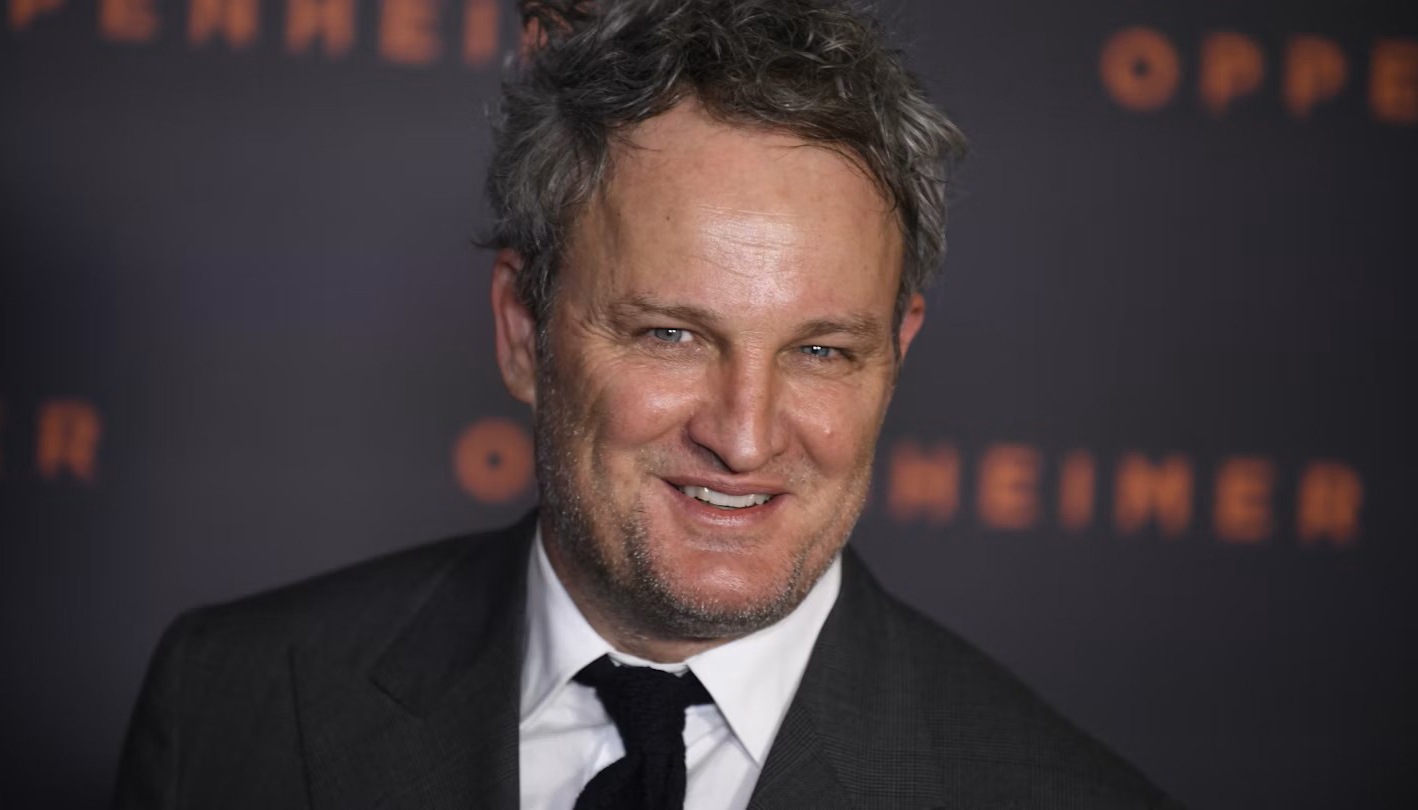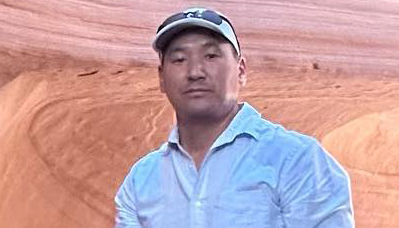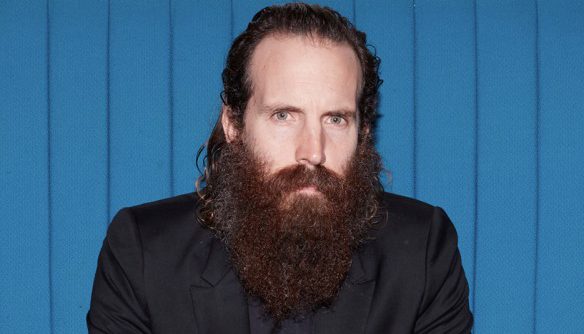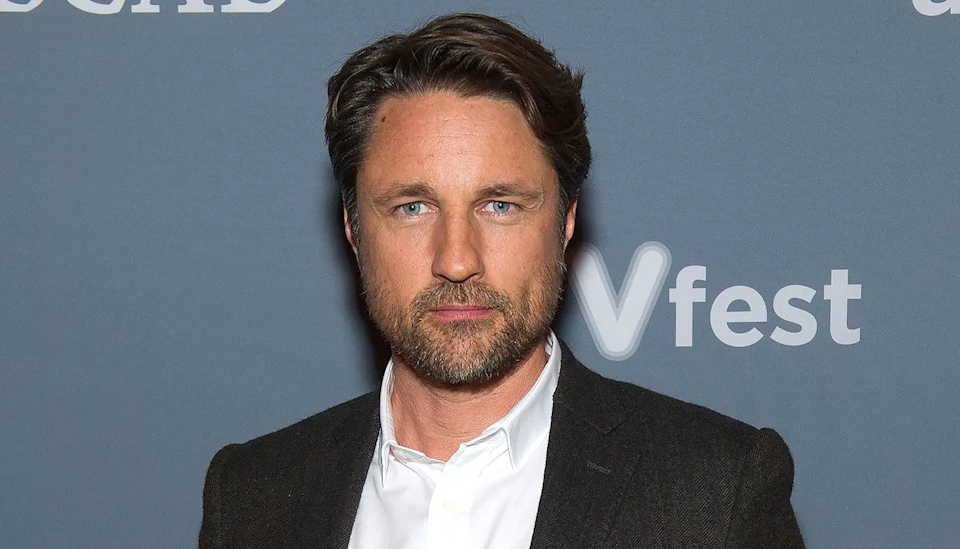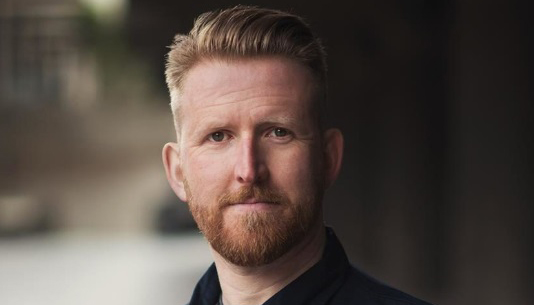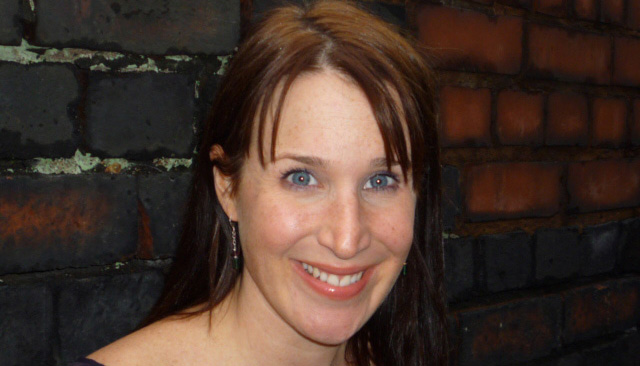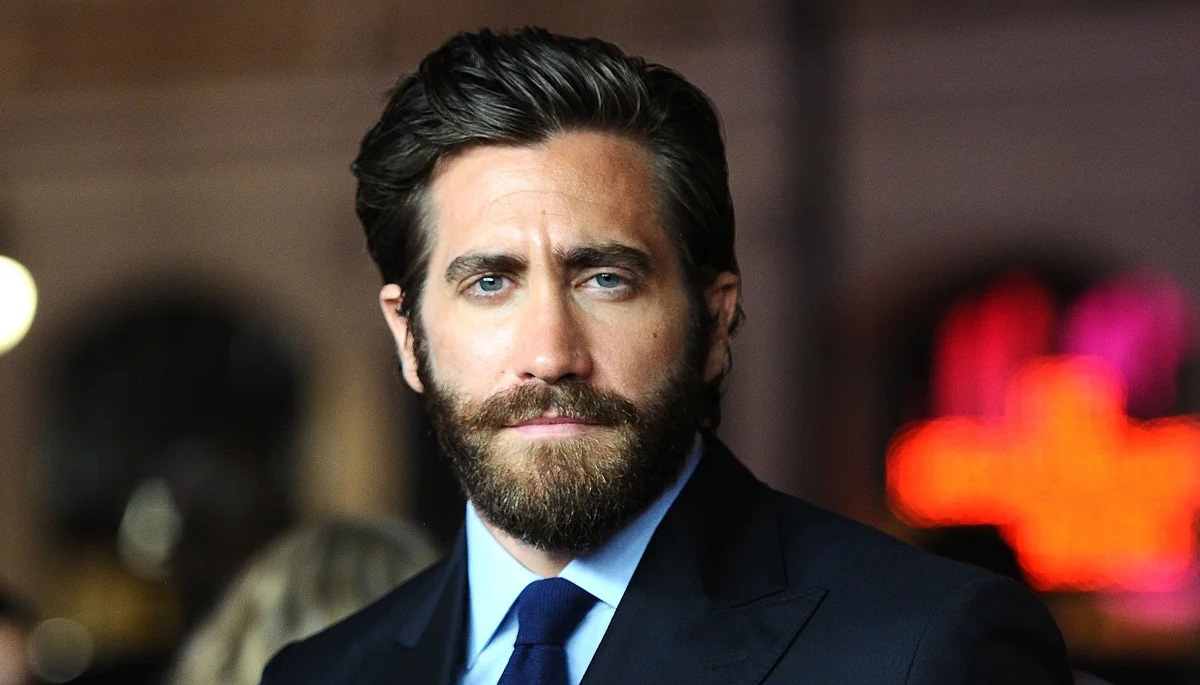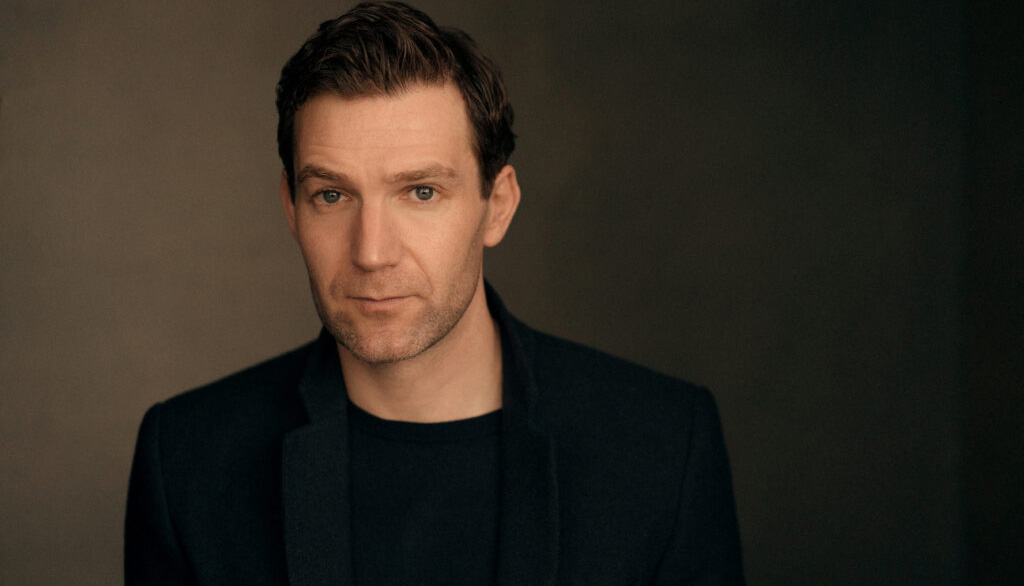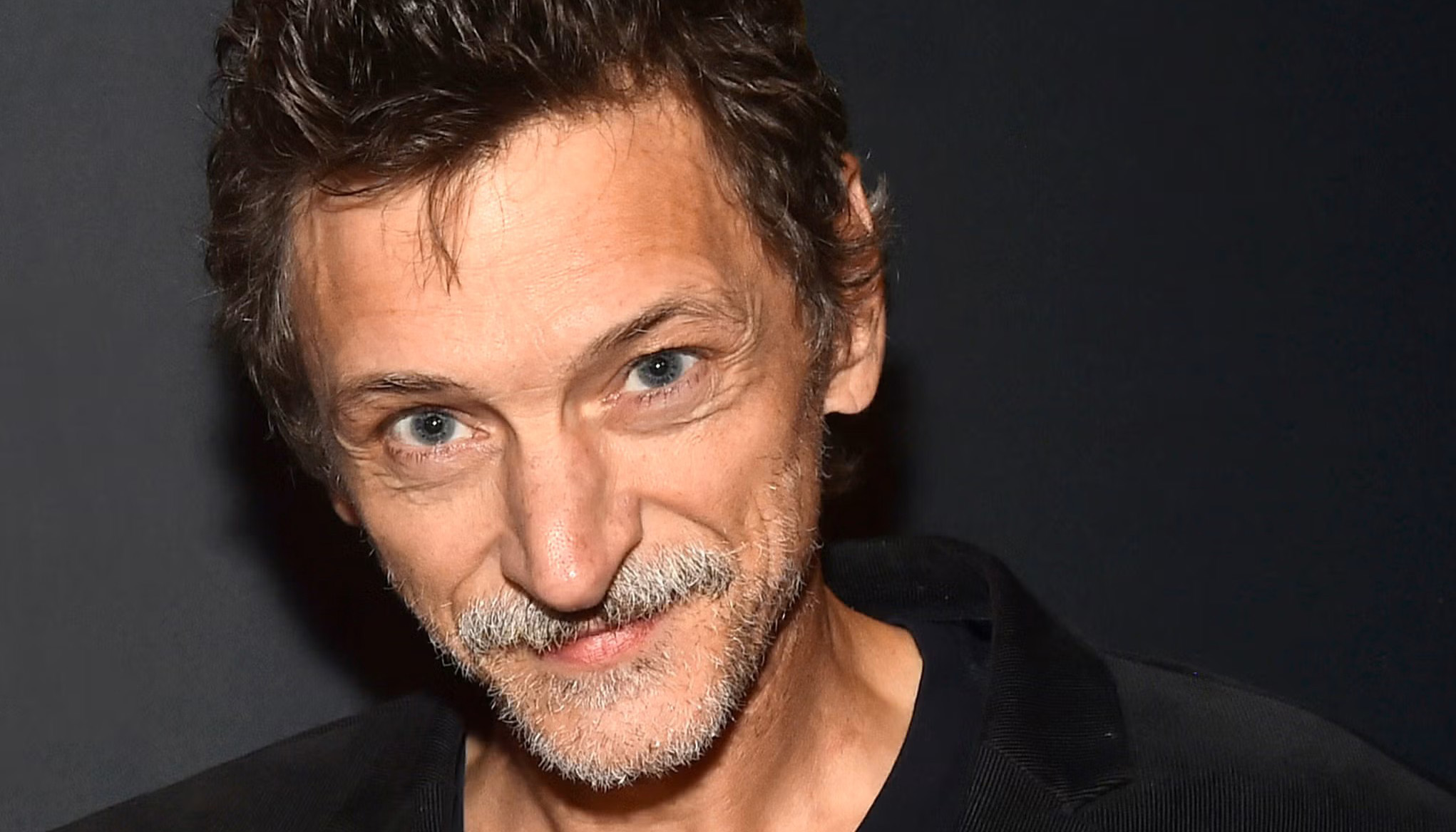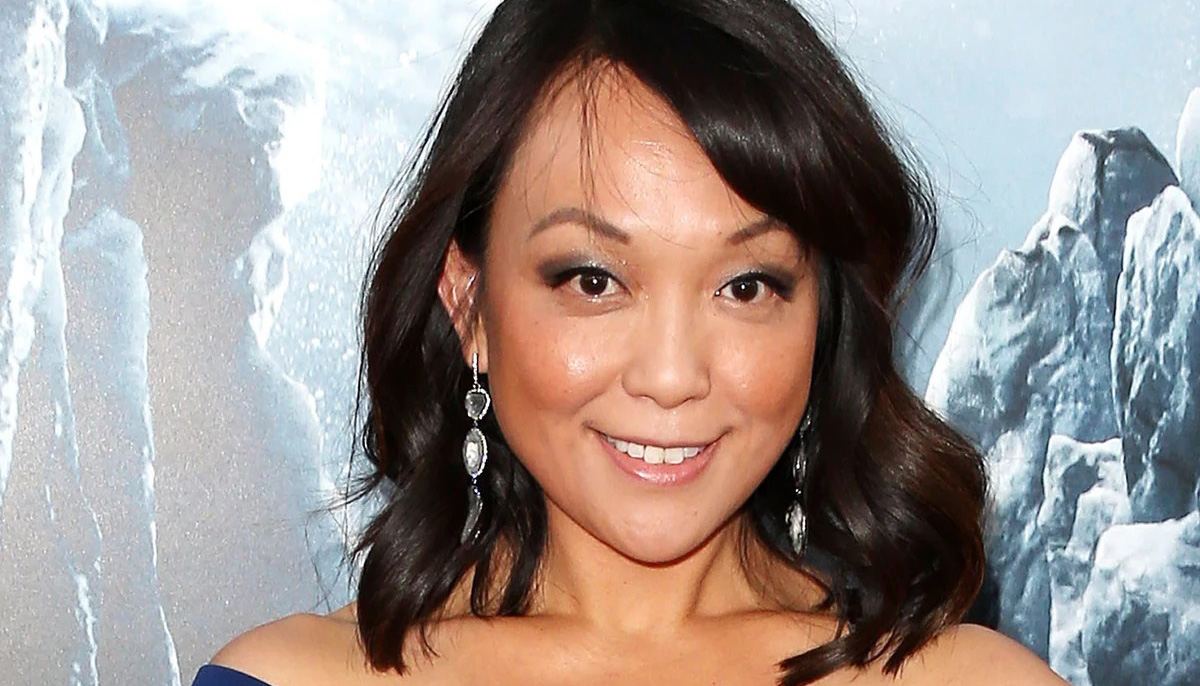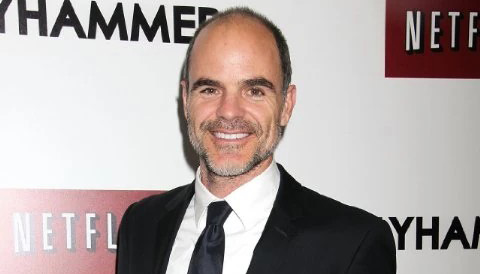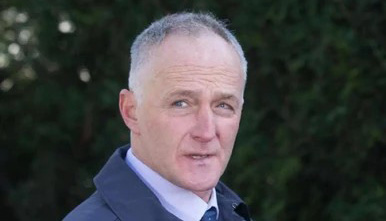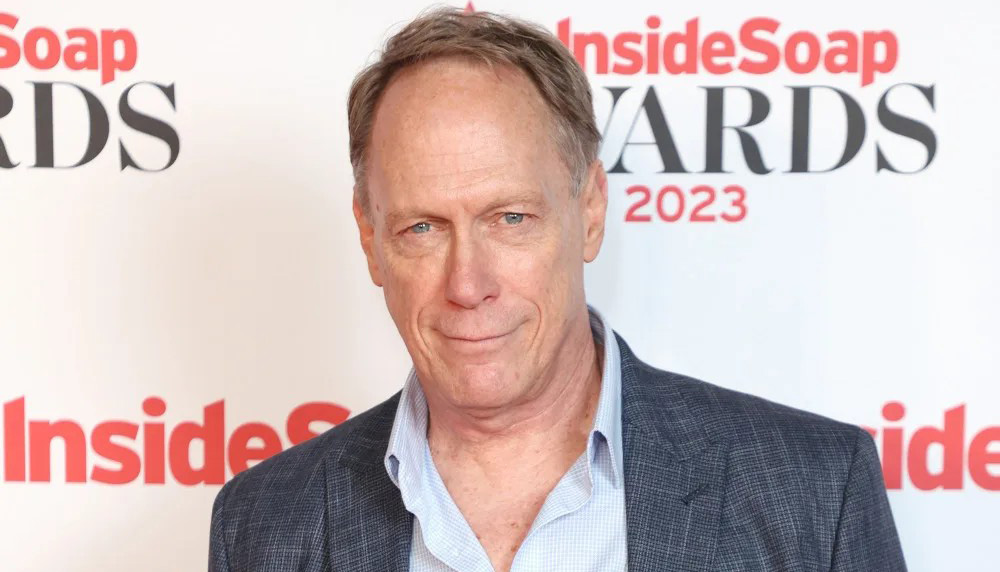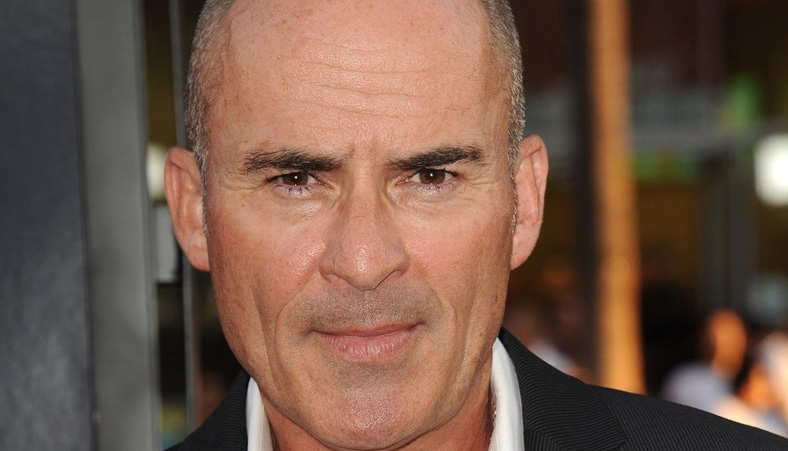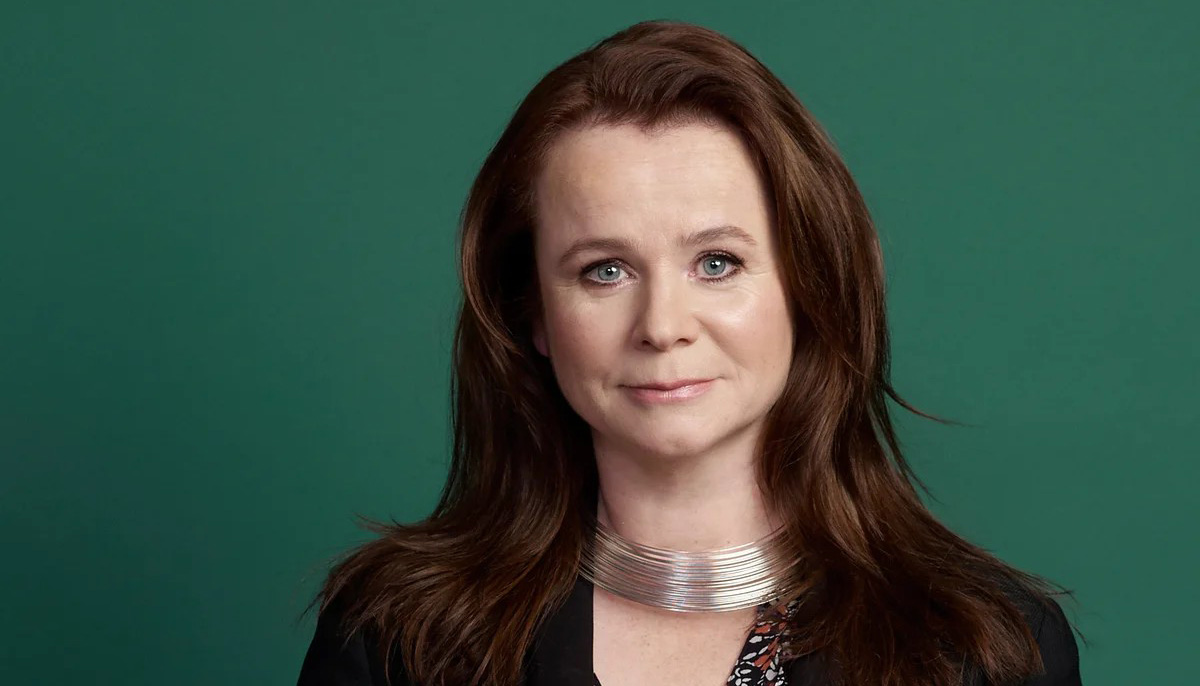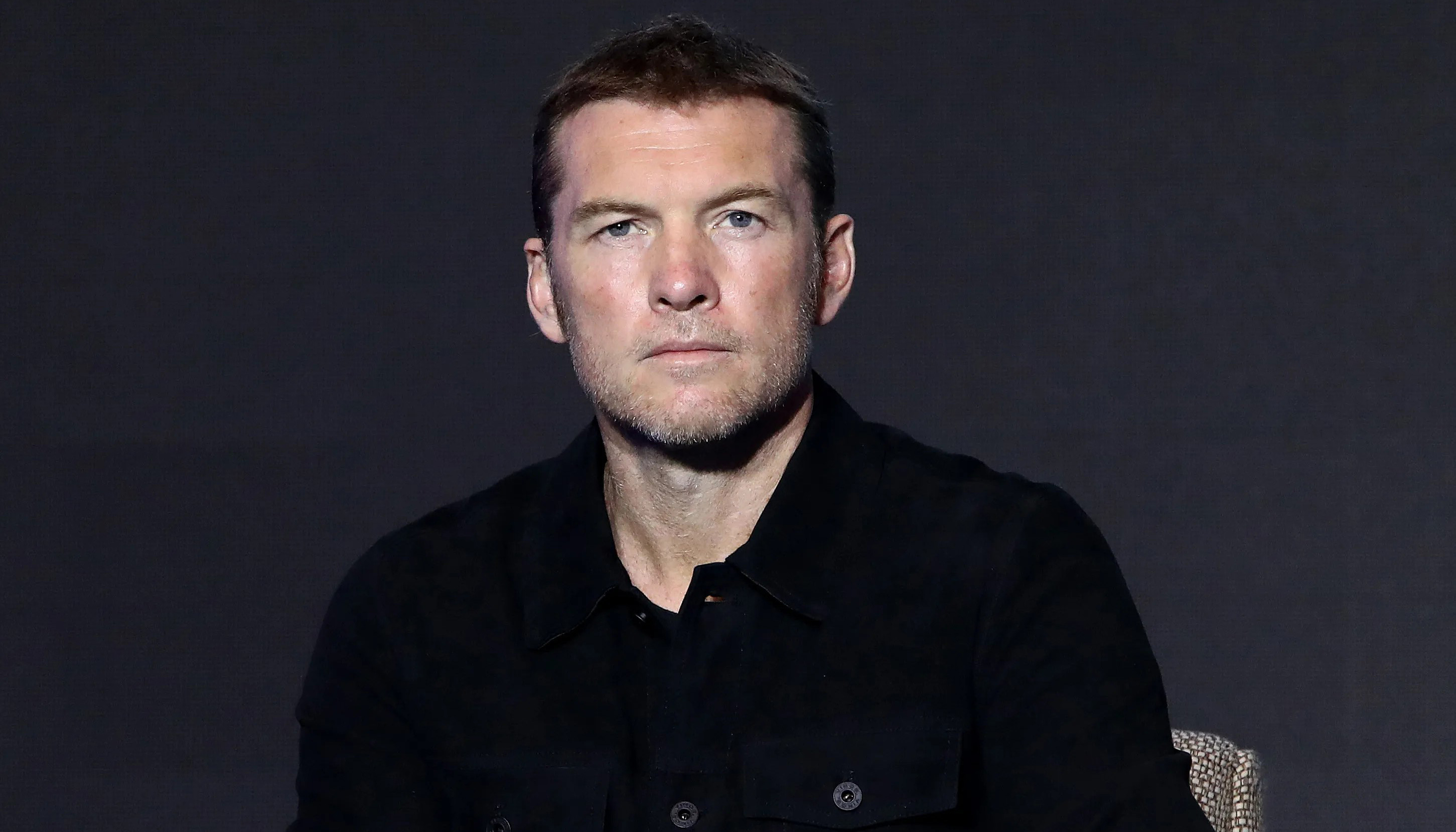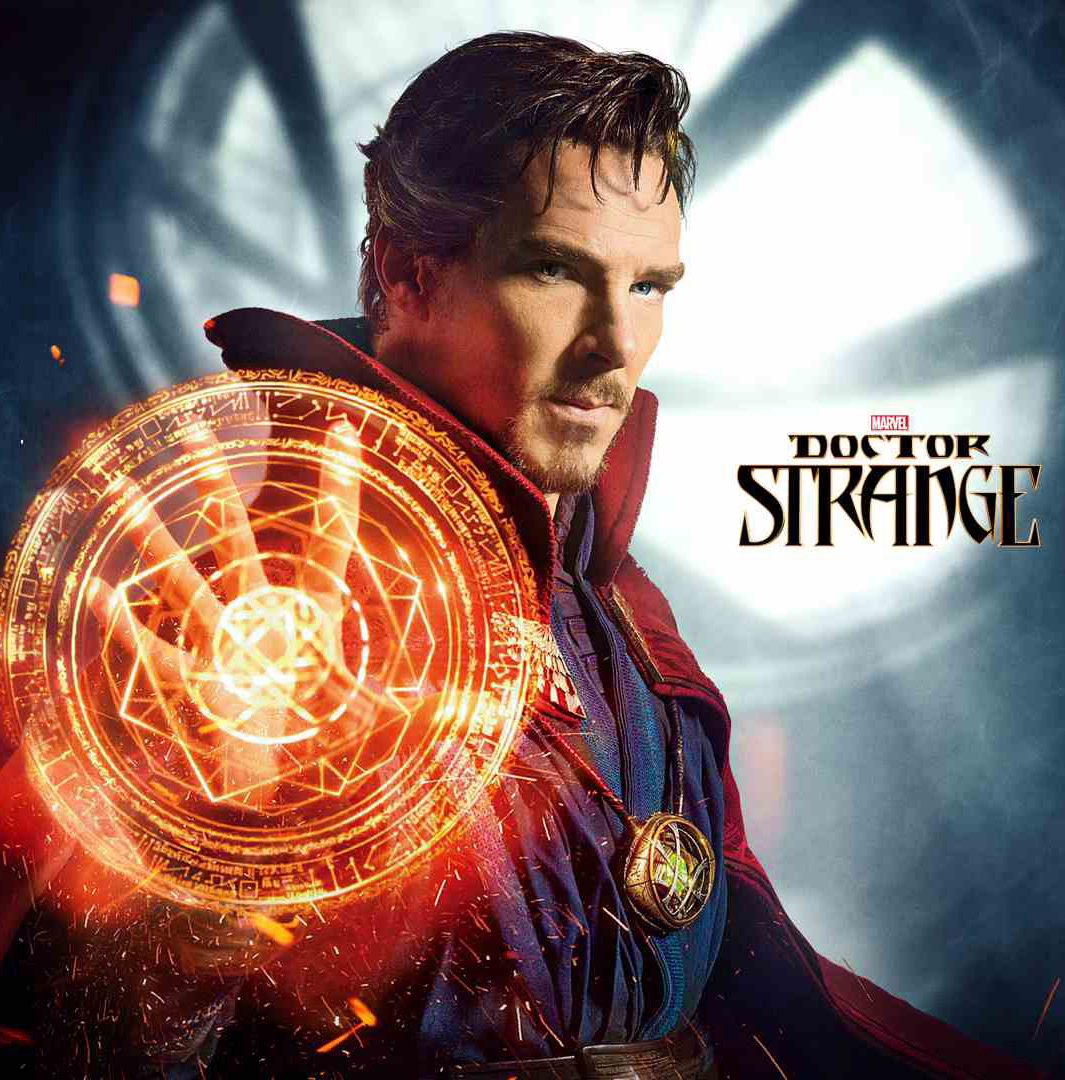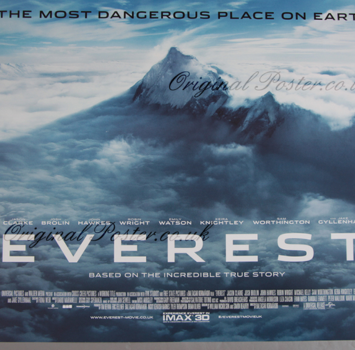Home/Projects/Everest
Everest
Everest (2015), with its impressive 7.1/10 rating on IMDb, continues to stand the test of time as a truly memorable cinematic experience that resonates with audiences even today.
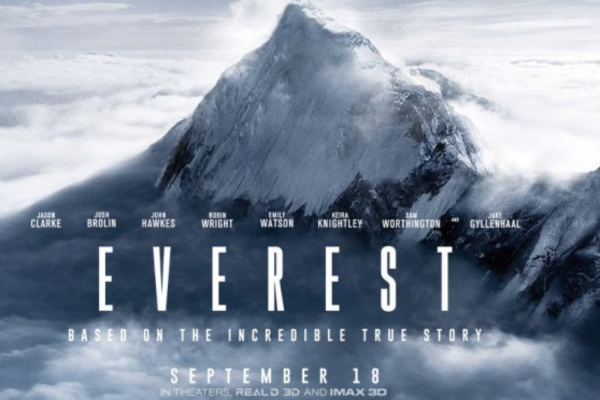
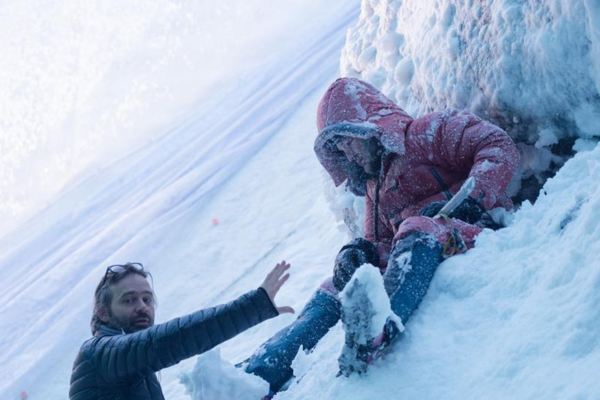
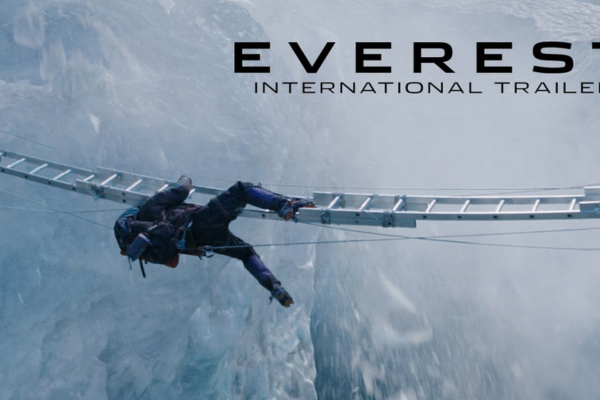
Cast & Crew
Project Overview
Everest is a biographical adventure film that brings to life the real events of a tragic 1996 expedition to the world’s highest peak, Mount Everest. The story is based on Jon Krakauer’s bestselling book Into Thin Air, which tells the heartbreaking journey of climbers who were caught in a deadly blizzard while descending from the summit. The screenplay was written by two award-winning writers: William Nicholson, a two-time Academy Award nominee, and Simon Beaufoy, who won an Oscar for Slumdog Millionaire in 2008. The movie was directed and produced by Baltasar Kormákur, a well-known Icelandic filmmaker and actor with a reputation for crafting emotionally intense and visually gripping stories. He has directed several notable films like The Sea, Contraband, 2 Guns, and Jar City. With more than 27 international film awards and over 50 nominations, Baltasar brought years of experience to this challenging project.
Project Information
Star-Studded Cast
The casting of Everest was carefully curated to include some of Hollywood’s most talented and recognizable actors, each chosen to portray real-life climbers and their families with authenticity and emotion. Jake Gyllenhaal plays Scott Fischer, a skilled American guide, while Jason Clarke takes on the role of Rob Hall, the leader of the Adventure Consultants team. Josh Brolin portrays Beck Weathers, a Texan climber who survives incredible odds, and Sam Worthington appears as Guy Cotter, a fellow mountaineer and key communicator.
On the emotional side, Keira Knightley plays Jan Hall, Rob Hall’s wife, and Robin Wright takes the role of Peach Weathers, Beck’s determined wife. John Hawkes delivers a heartfelt performance as Doug Hansen, and Emily Watson plays Helen Wilton, the calm and capable base camp manager. Each actor brings realism and depth to their roles, making Everest a gripping and emotional retelling of the 1996 tragedy.
Everest Filming Locations
To recreate the climbers’ harrowing journey and the world around Mount Everest, the filmmakers selected a variety of locations around the globe that could visually represent both the Himalayan terrain and the surrounding areas. Major filming locations included Kathmandu and Everest Base Camp in Nepal, the Santa Monica Mountains in California, the Dolomites in northeastern Italy, Rome, and Iceland. Due to the extreme altitude, limited facilities, and difficult transportation in the Everest region, some scenes were filmed in Europe and the U.S. to recreate similar mountain settings.
Everest Box Office Performance
The film’s performance at the box office proved that audiences around the world were captivated by the real-life drama and intensity of Everest’s story. The movie was made on a budget of $55 million and earned over $203 million worldwide. It collected $43.4 million in North America and $159.9 million from other countries. The film captures the courage and tragedy of climbers aiming to reach the world’s highest peak and highlights the risks they face while chasing that dream.
Bhuwan Bharati’s Contribution to Everest Filming in Nepal
A major part of the film’s authenticity comes from the scenes shot in Nepal, where Bhuwan Bharati played a key role in managing all aspects of the local production. In January 2013, the film crew arrived in Nepal to begin production. They stayed at the Hyatt Regency Kathmandu, where their production office was also set up. Bhuwan Bharati, a well-known figure in Nepal’s film industry, worked as the Location Manager for the Nepal shoot. He is also the owner of Wilderness Film Productions. This was the team’s first time working with a major Hollywood film, and recreating Kathmandu to look like it did in 1996 was one of the biggest challenges. Nepal’s capital had changed drastically due to modernization, so it required deep research and creativity to find and modify suitable shooting locations.
Behind-the-Scenes Moments
Behind the camera, the production team faced several creative and cultural challenges, including some truly unique moments that added charm and authenticity to the film. One memorable story involved chickens. The art department needed 100 chickens and chicken cages to make a Kathmandu bus scene look authentic. The idea was to place the chickens inside and on top of a bus to recreate how buses looked and felt in Nepal during the 1990s. Since the chickens were only needed for one day, Bhuwan Bharati negotiated with a local chicken seller to rent the birds.
You may also prefer reading: Our Story
After several discussions, the shopkeeper agreed to rent out the chickens for $100 for a day, with the condition that any dead chicken would be paid for. Bhuwan and his team also arranged old-style buses, motorbikes, and bicycles from the early 1990s, all needed for action scenes to match the time period of the story. In addition, they managed to lock down busy areas in Thamel, a crowded tourist district in Kathmandu, for shooting.
Rescue Pilot Casting
In addition to managing logistics, Bhuwan Bharati was also involved in key casting decisions that brought real-life elements into the film’s dramatic rescue sequences. One major task was helping the crew cast a helicopter pilot for the rescue scene. The production team originally wanted to cast Nepal Army Captain Colonel Madan KC, who had rescued climber Beck Weathers and a Taiwanese climber from Camp II at 6,200 meters in real life. However, he was on an international mission and couldn’t participate. Bhuwan Bharati recommended Captain Vijay Lama, a respected actor and veteran pilot from Nepal. He eventually played the role of Colonel Madan KC in the film’s dramatic helicopter rescue scenes.
Final Reflections on Everest’s Nepal Filming
The overall success of Everest’s shoot in Nepal was made possible through the dedication, planning, and local knowledge of Bhuwan Bharati and his team. From location scouting and production management to handling logistics and casting, their efforts helped create a smooth and authentic filming experience in Kathmandu. The film captures not only the scale of the mountain but also the human spirit and struggles that come with it. Bhuwan Bharati proved to be an exceptional Location Manager, showing how Nepal’s film industry can support international projects with professionalism and creativity. His work on Everest remains a proud moment in the country’s cinematic journey.


